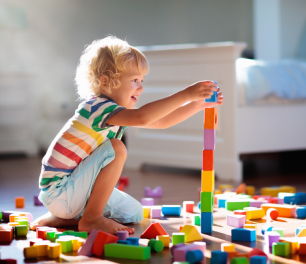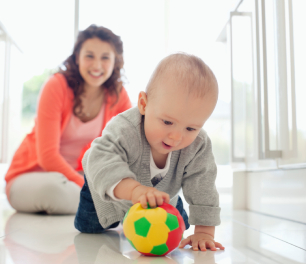隱藏的風險:兒童玩具中的 BPA含量以及家長需知的資訊
2025.04.16
為了確保孩子的安全,很多父母忽略了日常玩具中潛伏的危險:雙酚 A (BPA)。這種常見於塑膠中的化學物質已引起全世界的健康擔憂,尤其是最容易受到其影響的兒童。
什麼是BPA?
BPA 是一種工業化學品,自 60 年代一直用於製造聚碳酸酯塑膠和環氧樹脂。它能增加產品的耐用性和硬度,使其成為玩具、瓶子和食品容器的熱門選擇。然而,BPA 會隨著時間而滲出,尤其是在暴露於熱、唾液或磨損時。
憂慮的原因
研究指出,BPA 是一種模仿雌激素並幹擾荷爾蒙系統的內分泌幹擾物。對於身體仍在發育的兒童來說,接觸有毒物質可能會導致潛在的發展、生殖和行為的問題。主要的風險在於當兒童將這些玩具放入嘴裡時,化學物質就會進入他們的血液。 儘管對人體的研究仍在進行中,但一些研究也顯示其與肥胖、糖尿病甚至癌症有關。
法規與缺口
很多國家,包括歐盟和加拿大,已經禁止在嬰兒奶瓶和吸管杯中使用 BPA。美國食品藥物管理局亦限制其在某些兒童保育用品中的使用,但並未完全禁止其在所有玩具中的使用。雖然一些知名的品牌通常會將產品標記為“不含 BPA”,但較便宜或進口的玩具仍可能含有 BPA。家長應該注意,「不含 BPA」的替代品有時會使用 BPS 之類的替代品,這可能會帶來類似的風險,這凸顯了製定更嚴格、更廣泛的法規的必要性。
保護你的孩子
- 明智選擇: 選擇由木材、矽膠或有機棉等天然材料製成的玩具
- 檢查標籤:選擇已有「不含 BPA」認證的塑膠製品
- 提高知情度:對品牌作出簡單研究並避免不受管制進口的產品
儘管消費者的意識已經促使許多製造商逐步淘汰 BPA,但保持警惕仍然是關鍵。透過做出明智的選擇,父母可以降低風險並提倡更嚴格的安全標準,確保玩具促進成長,而不是造成隱患。
SGS 如何提供幫助?
SGS可助所有玩具供應商、製造商、零售商和進口商評估其產品在每個生產階段的潛在風險,並有效和有效率地管理它們。
我們高效的測試服務可使:
- 降低風險
- 縮短推出市場時間
- 展示產品品質和安全性











